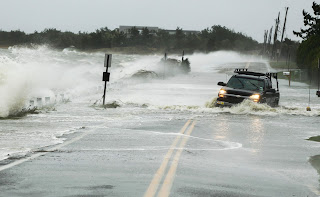Bethany
Mrs. Medenica
Science 7B
May 13, 2013
1. In my model the large styrofoam ball represented the sun that stayed in one place the smaller one was used for the moon that rotated around the sun.
2. Half of the moon is showing when you shine a light on the moon which looks like the First Quarter or the Third Quarter.
3. The drawing that has no shadow over the circle is a full moon. A new moon has a shadow over the entire thing. A waxing crescent has a shadow over most of it on the lift side. A waning gibbus has most of the moon covered on the left side.
4. Whenever you rotated the light the ball always lit up halfway since the ball was always in one place and the light shone on different parts of the moon.
5. The part that was lit by the lamp was the top and bottom because whenever the sun shines on the moon it always shines on one side. I think that the darkness of the moon is caused by an eclipse because the moon eclipse occurs when the moon passes directly behind the earth into its shadow.
6. I think that this experiment helped solidify the phases of the moon and how they occur. I was also able to get a clearer picture. Some disadvantages were that you couldn't really see where there was always light. Another way to do this experiment is to use two pieces of paper and show the different phases of the moon while covering the piece of paper.
Mrs. Medenica
Science 7B
May 13, 2013
Questions
1. In my model the large styrofoam ball represented the sun that stayed in one place the smaller one was used for the moon that rotated around the sun.
2. Half of the moon is showing when you shine a light on the moon which looks like the First Quarter or the Third Quarter.
3. The drawing that has no shadow over the circle is a full moon. A new moon has a shadow over the entire thing. A waxing crescent has a shadow over most of it on the lift side. A waning gibbus has most of the moon covered on the left side.
4. Whenever you rotated the light the ball always lit up halfway since the ball was always in one place and the light shone on different parts of the moon.
5. The part that was lit by the lamp was the top and bottom because whenever the sun shines on the moon it always shines on one side. I think that the darkness of the moon is caused by an eclipse because the moon eclipse occurs when the moon passes directly behind the earth into its shadow.
6. I think that this experiment helped solidify the phases of the moon and how they occur. I was also able to get a clearer picture. Some disadvantages were that you couldn't really see where there was always light. Another way to do this experiment is to use two pieces of paper and show the different phases of the moon while covering the piece of paper.








